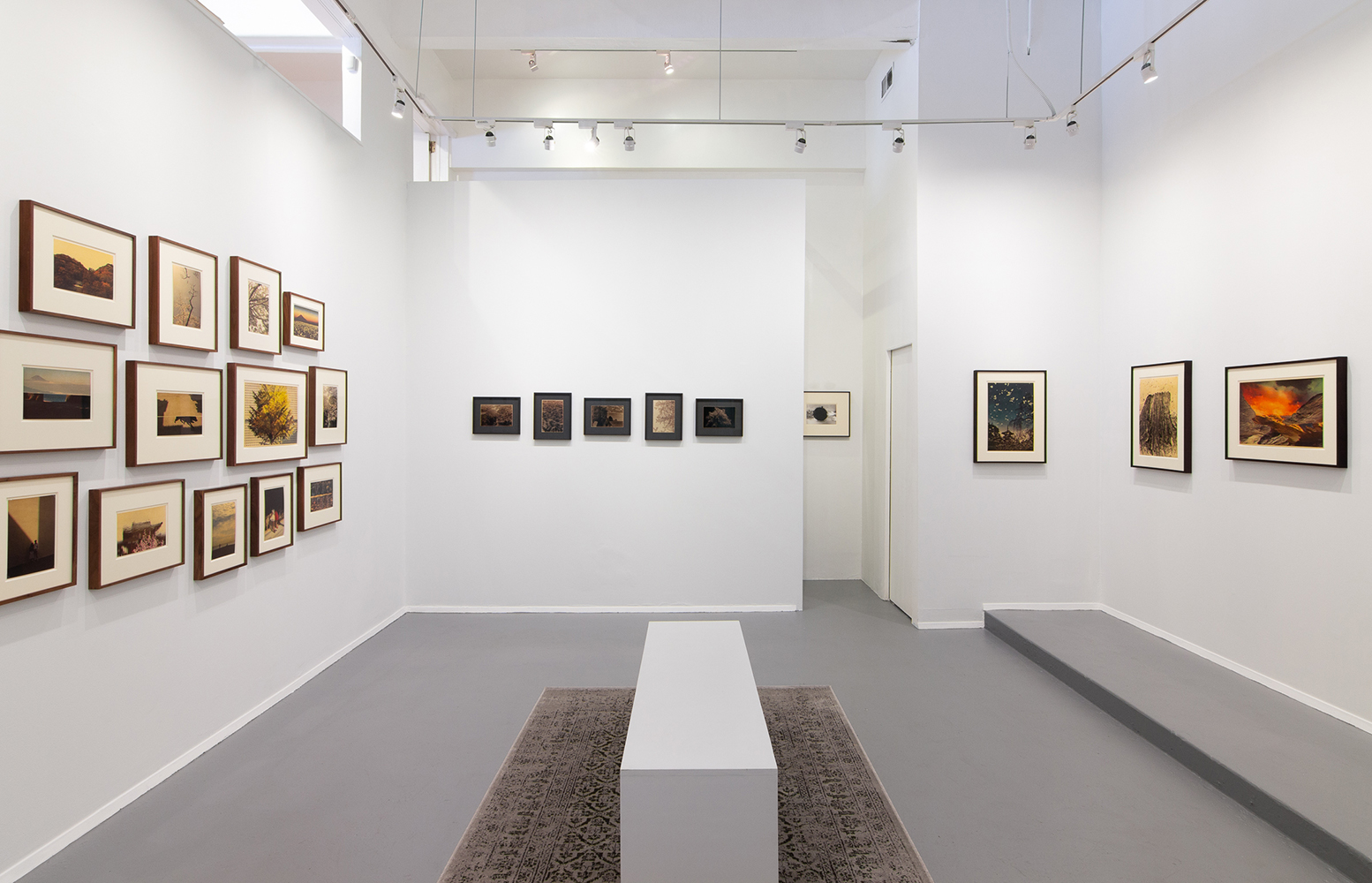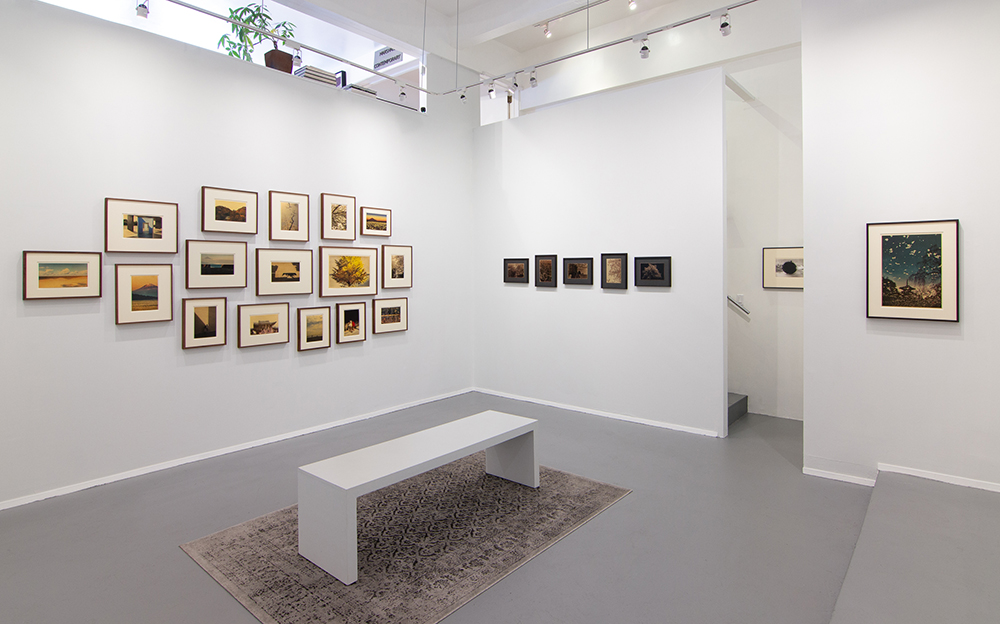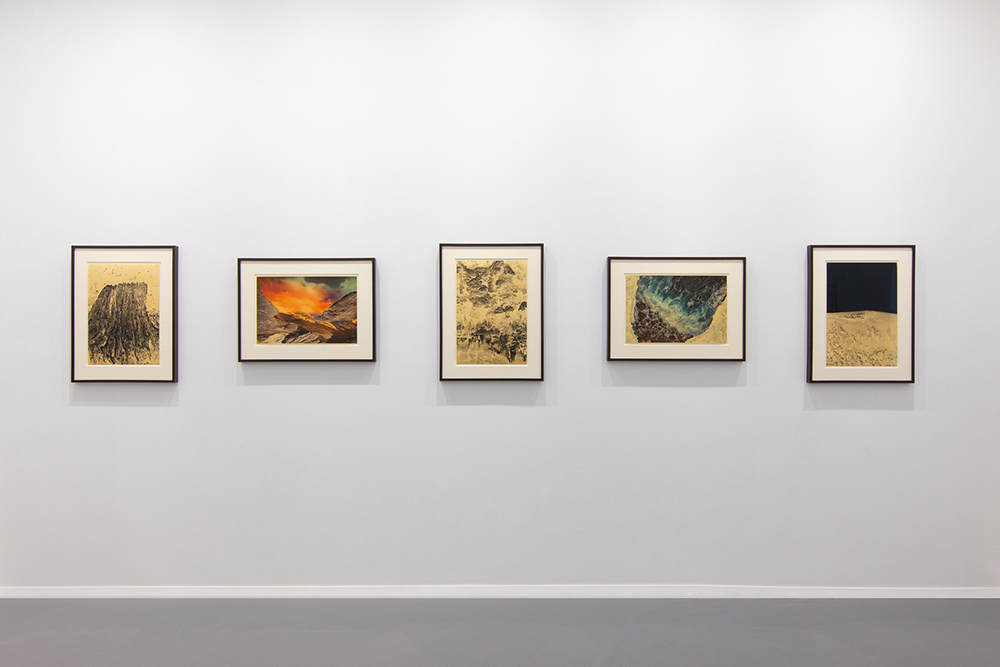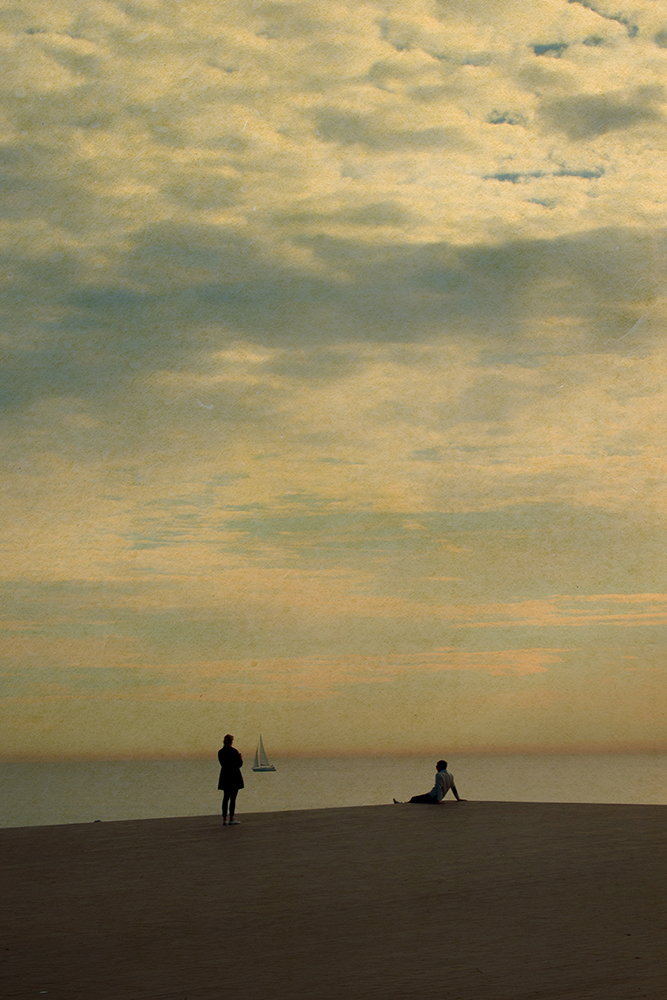Albarrán Cabrera: The Radiance of Paradise at Marshall Contemporary

©Albarrán Cabrera, Kairos, #64050, Kairos #64050, 2019 Signed, titled, dated and numbered on verso Pigments, gampi paper, gold leaf 19 x 13 in (print) / 26 x 20 in (framed) 48.3 x 33 cm / 66 x 50 cm (framed) Edition of 10
In March 2020, gallerist Douglas Marshall stated on Don’t Take Pictures’ Rule Breakers: I never want to see another photograph using gold leaf. Akin to the show Portlandia’s brilliant early skit “Put a bird on it,” gold leaf has taken on, in many instances in contemporary photography, a sort of flavor enhancer for otherwise bland photographs. If an image is not that interesting as is, put gold leaf on it—now it’s luxurious and special. However, the choice of materials involved and the reason for implementation in any artwork should always consider both the structural and conceptual purposes for inclusion. Materiality, if one is to create an intimate, singular object, should be as heavily considered in a photograph as any sculpture.
His exception to the rule is the work of the fantastic duo Albarrán Cabrera (Angel Albarrán and Anna Cabrera).
Last week I attended a zoom artist’s talk with Albarrán Cabrera (Angel Albarrán and Anna Cabrera) who shared their life and process from their studio in Barcelona. The gathered audience sat in the middle of their exquisite exhibition, The Radiance of Paradise, at Marshall Contemporary in Venice, CA that runs through October 23, 2021. It felt like a chapel of sorts as we were surrounded by their glowing works of color, platinum-palladium and metallic cyanotype prints, each mysterious and layered, magical and hidden. It was inspirational to understand the enthusiasm for their craft,: “The role is [to create] mystery. As a viewer, we are not much interested in looking at an obvious reality. If you look at a photograph where everything is clearly shown, there is no room for your imagination to play with that image and add your memories and your inner world to it. We love when in an image there is enough room to allow the viewer to enrich it with their memories, fears and questions. When that happens, momentary complicity between the photographer and the viewer is created. Tanizaki, Jung and other authors give us the guidelines about how to develop this mystery.”
Cristina Fontsare featured Albarrán Cabrera work on Lenscratch in 2020 and you can revisit it here.
Gallerist Douglas Marshall states about the work:
Viewing the world through philosophical eyes, the work of Albarrán Cabrera explores ideas of memory, time, and cosmology, mirrored through a diverse array of printmaking techniques and art historical references. Whereas earlier bodies of work framed these inquiries through the perspective of humans, the duo’s most recent portfolio “Nyx” centers the Earth itself as the protagonist. Their new photographs propose geologic and organic structures as a form of remembering. An ever-balancing system of energy that retains detailed records of explosive shifts and incomprehensibly tedious transformations.
As before, form follows function in Albarrán Cabrera’s new work. Using noble metals of platinum, palladium, and gold in the printmaking process for much of the portfolio further grounds the work in an elemental and terrestrial context, while avoiding an overt display of metallic grandeur. Instead, the subtle scale and materiality of their prints become quiet windows of contemplation on an infinitely complex ecosystem. Their vivid color works, glowing from within by a core of gold leaf, celebrate a sublime life-force emanating from the natural world. A persistent visual paradox surprises the viewer in many of the nearly thirty prints on display. Landscapes that at first glance seem consistent with the laws of physics, upon further consideration, reveal areas of doubt that through their alchemical processes are transformed into wonder. The viewer is left to consider the limits of our own sensory data and how that may shape our map of the world around us.
Viewers interpret photographs subjectively by relating them to their culture, experience and memory. This means that as photographers, we can explain complex subject matter, or the relationship between various subjects, without using verbal language and its linguistic code. Instead, we use images and prints. We believe that photography can help viewers understand challenging concepts in a different way. A set of images creates a harmony between the viewers’ wavelength and our own. There is a gap between reality and what we understand as real. And photography (as Japanese dramatist Chikamatsu once said about art) lies in the frontier between the real and unreal, the true and the false. Thus, it helps us to “see” what is hidden from us. – Albarrán Cabrera
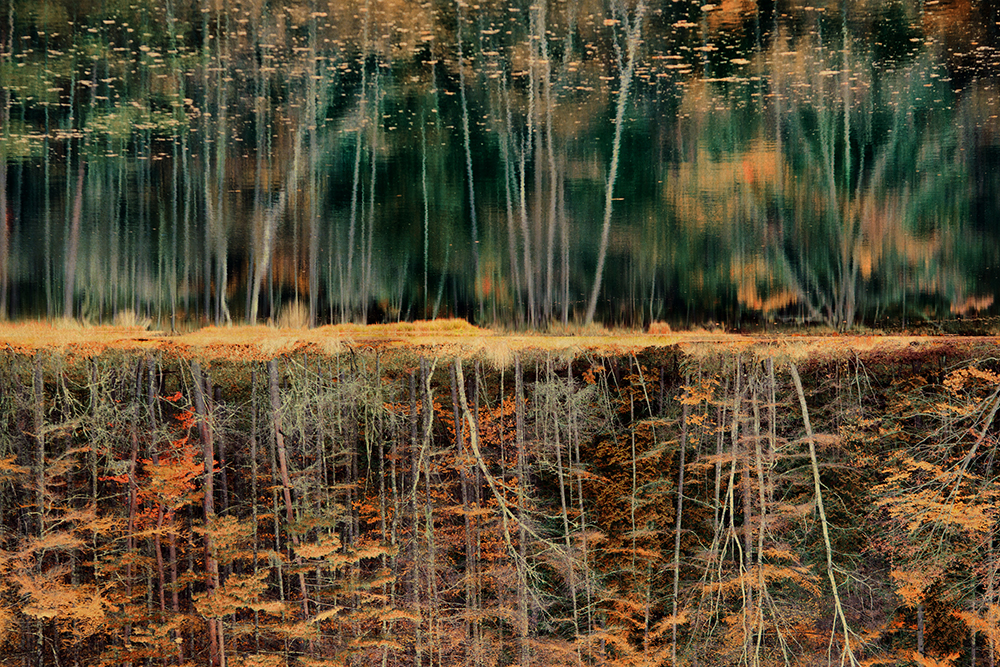
©Albarrán Cabrera Kairos, #4038, 2016 Signed, titled, dated and numbered on verso Pigments, Japanese gampi paper and gold leaf 6 3/4 x 10 1/4 in 17.1 x 26 cm Edition of 20 Courtesy of Marshall Contemporary
Angel Albarrán (b.1969, Barcelona) and Anna Cabrera (b. 1969, Sevilla) have worked collaboratively as art photographers since 1996. A rich inner philosophy about memory and experience — and an alchemical curiosity for photographic printmaking — guide their aesthetic practice. Influenced by both occidental and oriental thinkers and artists, their photographs question our assumptions of time, place and identity in order to stimulate a new understanding of one’s own experience and perception. The question running like a thread throughout their work is how images trigger individual memories in the viewer. “We are particularly interested in memories. Our aim is to play with viewers’ memories and to construct a representation inside their minds. Our images are the bare bones of this mental construction.“
Angel Albarrán’s love for photography was inspired by his grandfather. A carpenter by trade, Albarrán’s grandfather created cameras for the photographers in his province before taking up the art himself. Anna Cabrera found her passion at age 16 when her father lent her his Voigtländer camera to take on an academic trip to Paris. Since beginning their collaboration, the artists have attended workshops, learning from such masters as Humberto Rivas and Toni Catany. They have deepened their personal beliefs through the world of literature and science, and through extensive travels in East Asia and Western Europe.
Albarrán Cabrera tirelessly experiment with a diverse range of printing processes such as platinum, palladium, cyanotype, and gelatin silver print. While often toning their darkroom prints with selenium, sepia, or tea, the artists also invent their own methods to add tonal depth to their artworks. The artists use hand-made gampi paper with either gold leaf or mica for their pigment prints that emit a radiance akin to Japanese silk painting. As Albarrán Cabrera have pointed out “this wide range of processes and materials serve a single purpose: to give us far more parameters to play with the viewer’s imagination than a mere image. The texture, colour, finishing, tones – even the border – of a print can provide the viewer with valuable information.”
Albarran Cabrera’s photographs have been exhibited in galleries and photo fairs in Spain, Japan, Switzerland, USA, Belgium, The Netherlands, France, Germany, Lebanon, and Italy. Private collections and institutions that house their photographs include Hermès, Goetz Collection, The German Bundestag’s Art Collection, Banco de Santander and De Nederlandsche Bank among others. They have also produced photographic prints for institutions such as Fundació La Pedrera, Barcelona; Fundació Toni Catany, Mallorca; Reina Sofía Museum, Madrid; FotoColectania, Barcelona; the Photographic Archive, Barcelona. They have collaborated with publishers such as Adelphi Edizioni, Mondadori Libri, Penguin Random House, Diogenes Verlag, RM Verlag and Ediciones Atalanta and companies/institutions such as La Monnaie De Munt, -Belgium’s federal opera house-.
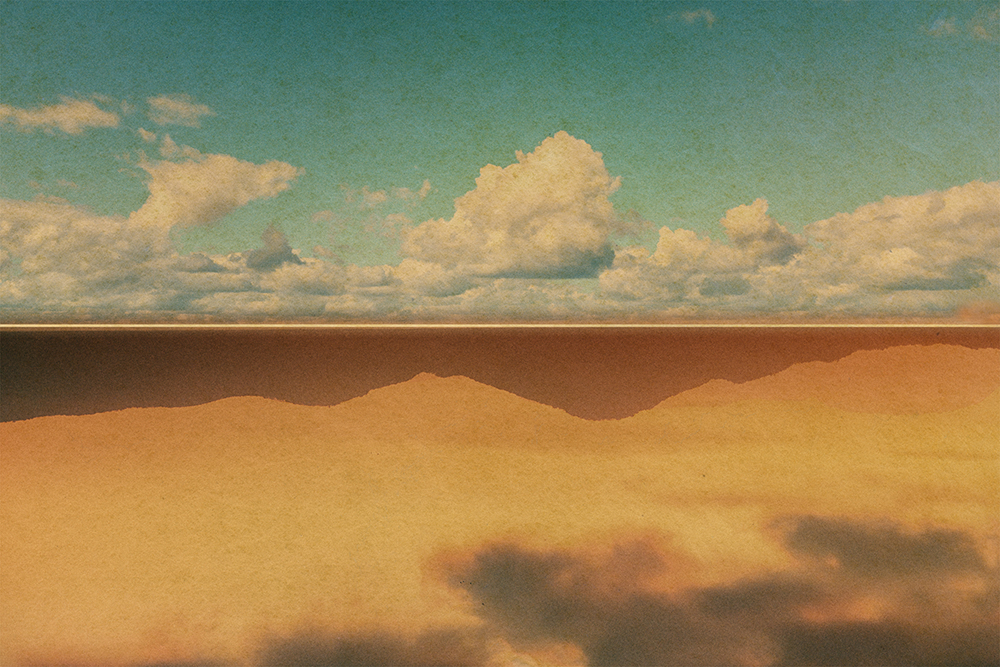
©Albarrán Cabrera Kairos, #4055, 2016 Signed, titled, dated and numbered on verso Pigments, Japanese gampi paper and gold leaf 7 x 10.75 in Edition of 20, Courtesy of Marshall Contemporary
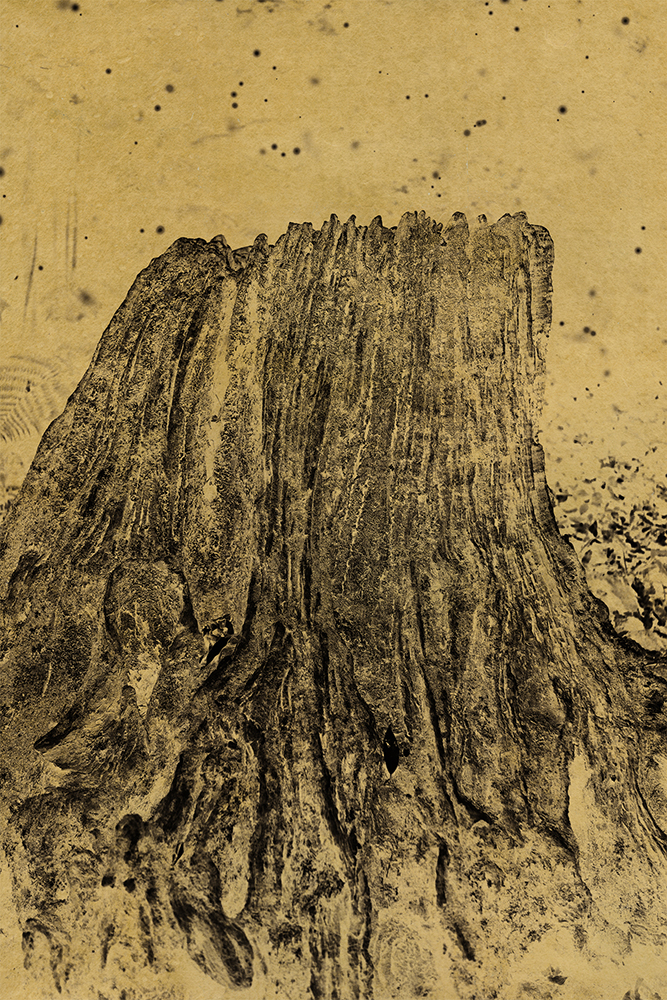
©Albarrán Cabrera Nyx #10, 2018 Signed, titled, dated and numbered on verso Platinum palladium print, Japanese gampi paper and gold leaf 19 1/4 x 14 in 49 x 35.5 cm Edition of 10, Courtesy of Marshall Contemporary

©Albarrán Cabrera Nyx #20, 2018 Signed, titled, dated and numbered on verso Platinum palladium print, Japanese gampi paper and gold leaf 19 1/2 x 13 in 49.5 x 33 cm Edition of 10, Courtesy of Marshall Contemporary
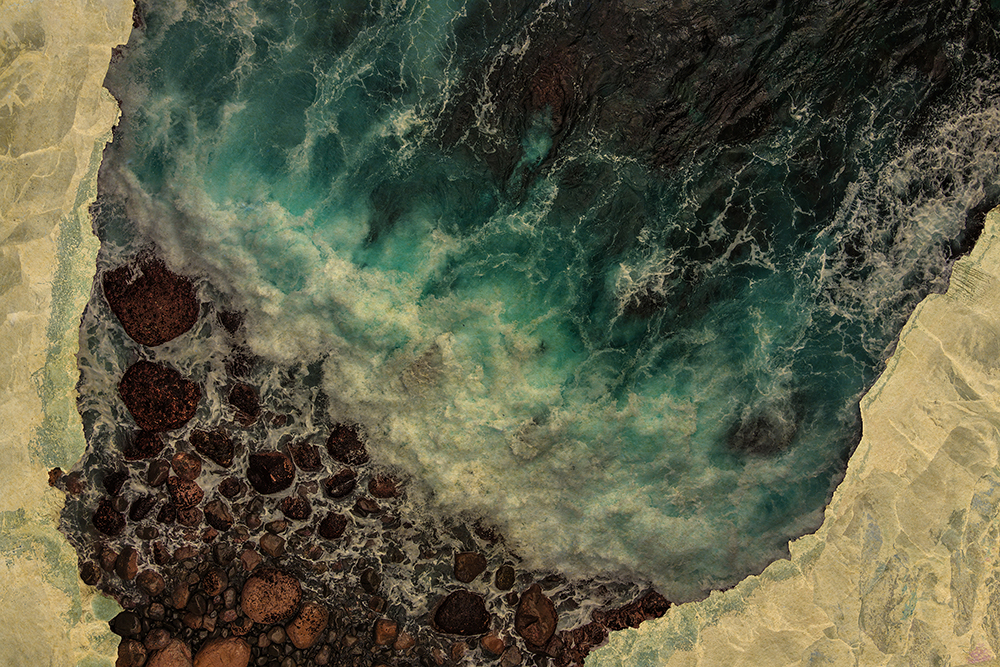
©Albarrán Cabrera Nyx #60002, 2021 Signed, titled, dated and numbered on verso Pigments, Japanese gampi paper and gold leaf 12 5/8 x 18 7/8 in 32 x 48 cm Edition of 10, Courtesy of Marshall Contemporary
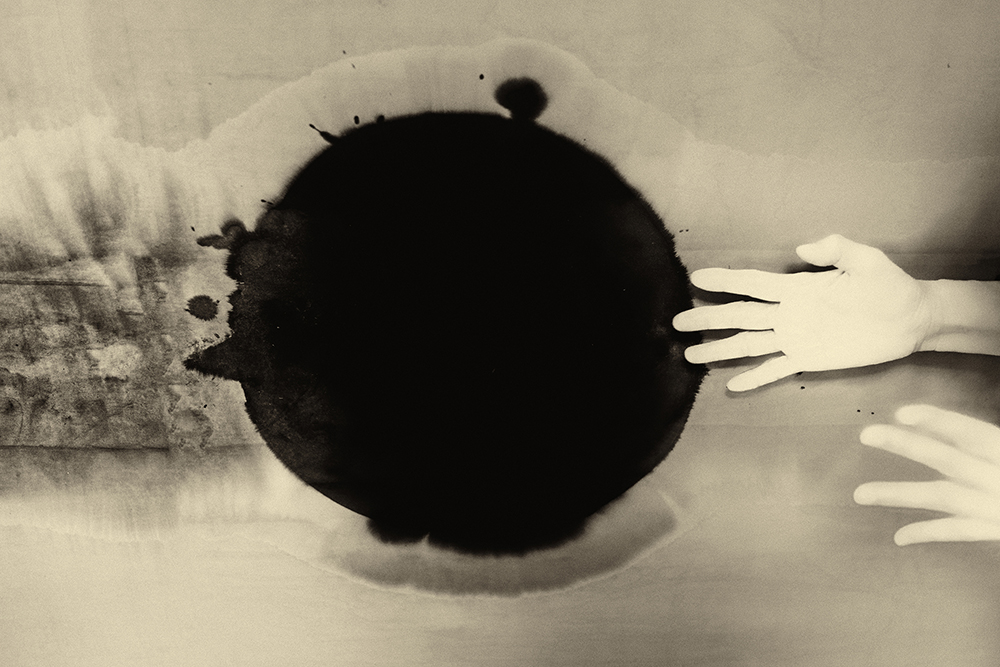
©Albarrán Cabrera The Mouth of Krishna #105, 2018 Platinum palladium print 6 3/4 x 10 1/4 in 17 x 26 cm Edition of 20, Courtesy of Marshall Contemporary
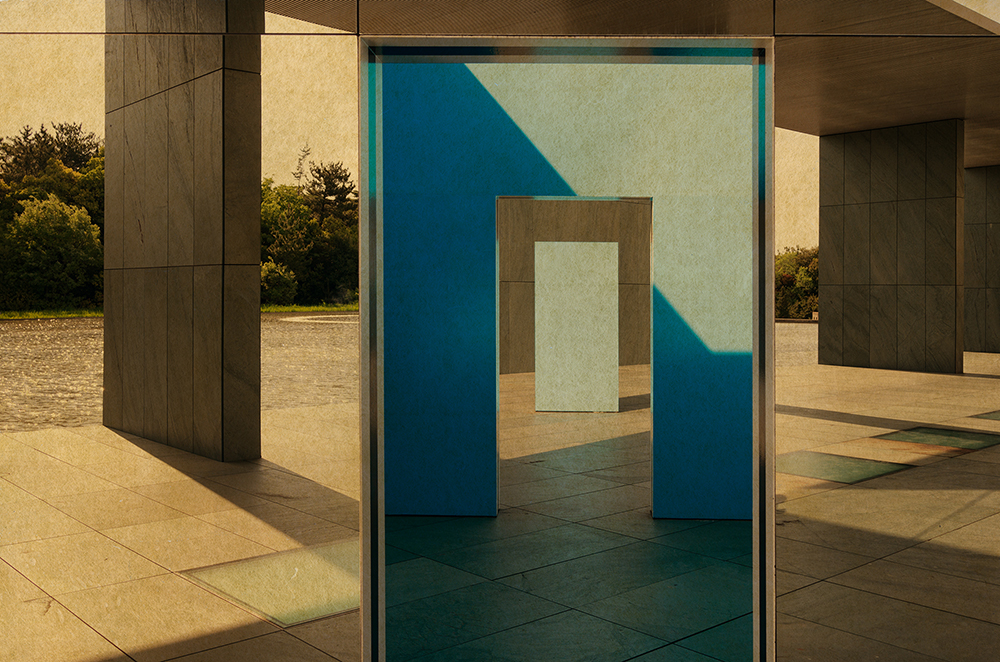
©Albarrán Cabrera The Mouth of Krishna, #249, 2014 Signed, titled, dated and numbered on verso Pigments, Japanese gampi paper and gold leaf 6 3/4 x 9 7/8 in 17 x 25 cm Edition of 20, Courtesy of Marshall Contemporary
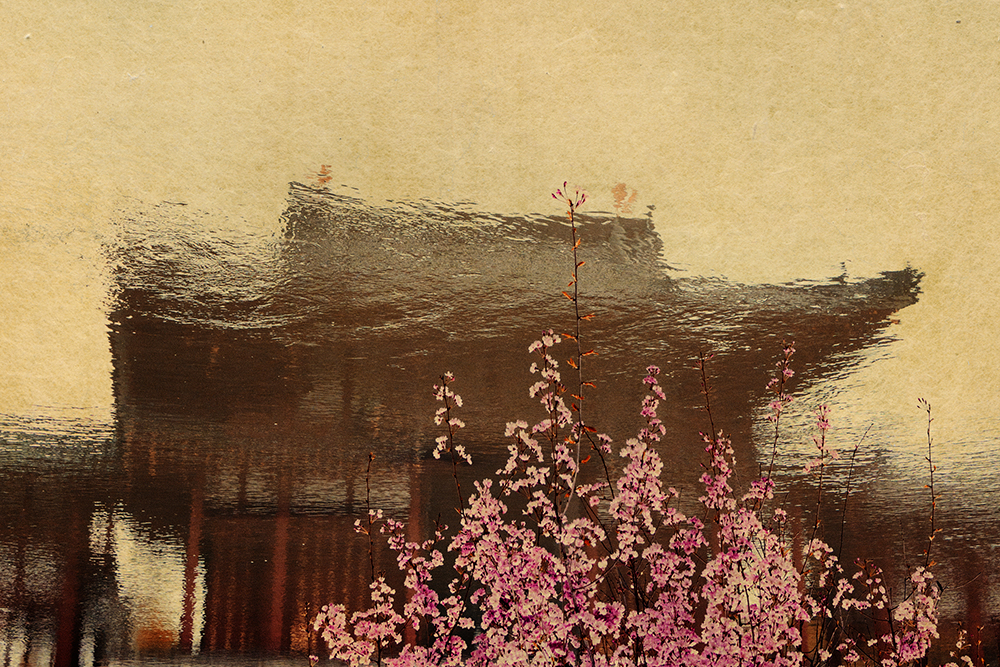
©Albarrán Cabrera The Mouth of Krishna, #277, 2015 Signed, titled, dated and numbered on verso Pigments, Japanese gampi paper and gold leaf 6.75 x 10 in. Edition of 20, Courtesy of Marshall Contemporary

©Albarrán Cabrera The Mouth of Krishna, #512, 2016 Signed, titled, dated and numbered on verso Pigments, Japanese gampi paper and gold leaf 6 1/2 x 10 in 16.5 x 25.4 cm Edition of 20, Courtesy of Marshall Contemporary
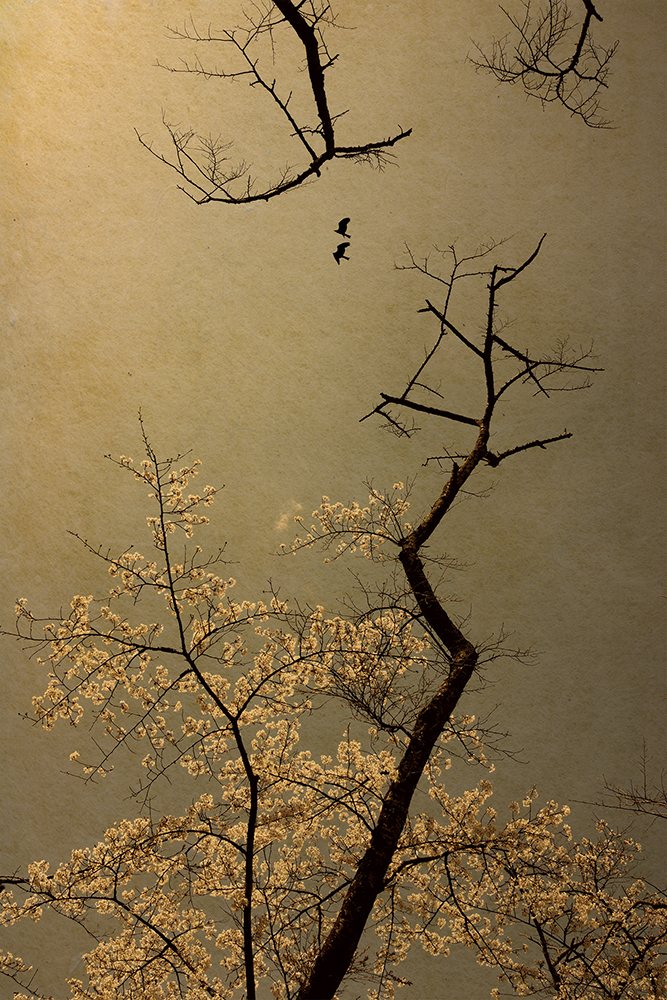
©Albarrán Cabrera The Mouth of Krishna, #775, 2018 Signed, titled, dated and numbered on verso Pigments, Japanese gampi paper and gold leaf 10 1/4 x 6 3/4 in 26 x 17 cm Edition of 20, Courtesy of Marshall Contemporary

©Albarrán Cabrera The Mouth of Krishna #881, 2021 Signed and numbered on verso Toned cyanotype on aluminum 9 7/8 x 6 5/8 in 25 x 16.7 cm Edition of 15, Courtesy of Marshall Contemporary

©Albarrán Cabrera The Mouth of Krishna #995, 2020 Signed and numbered on verso Toned cyanotype on aluminum 6 3/4 x 9 7/8 in 17 x 25 cm Edition of 15, Courtesy of Marshall Contemporary
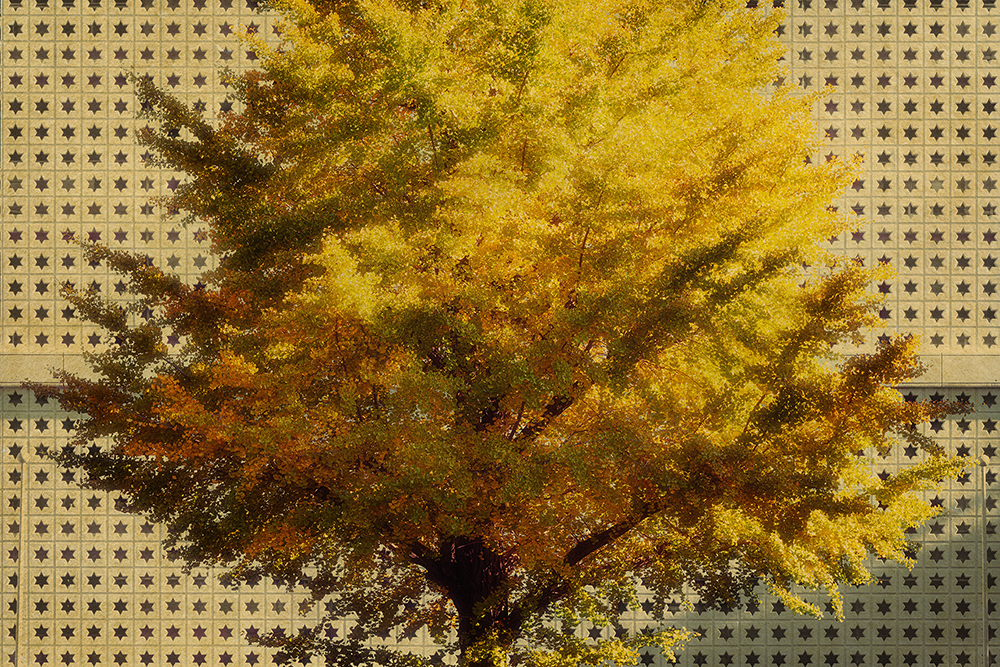
©Albarrán Cabrera The Mouth of Krishna, #60196, 2019 Signed, titled, dated and numbered on verso Pigments, Japanese gampi paper and gold leaf 13 x 19 in Edition of 10, Courtesy of Marshall Contemporary
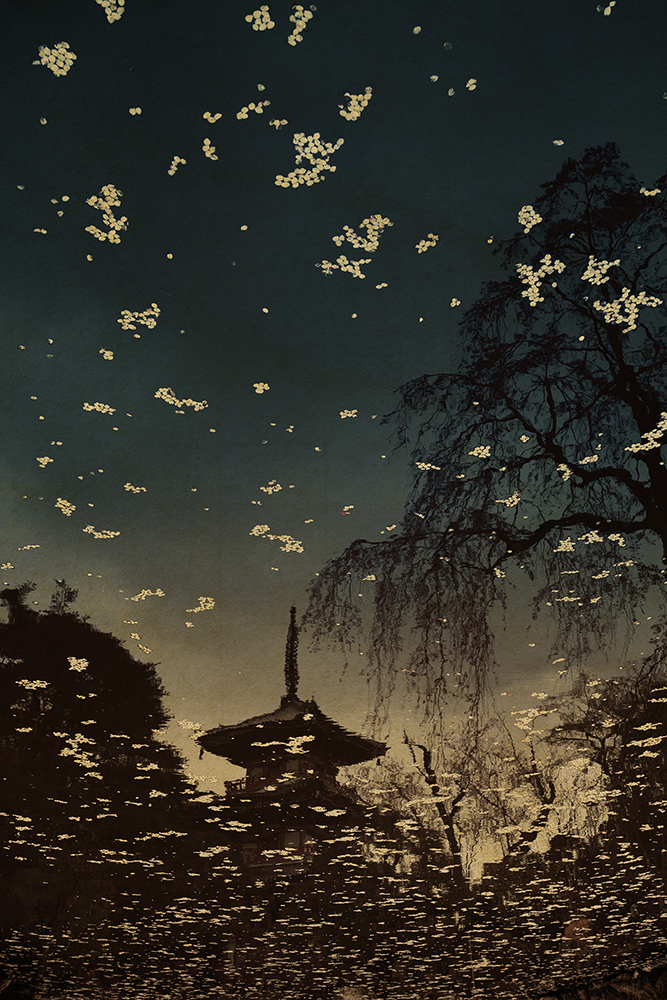
©Albarrán Cabrera The Mouth of Krishna, #60757, 2018 Signed, titled, dated and numbered on verso Pigments, Japanese paper and gold leaf 19 x 13 in Edition of 10, Courtesy of Marshall Contemporary
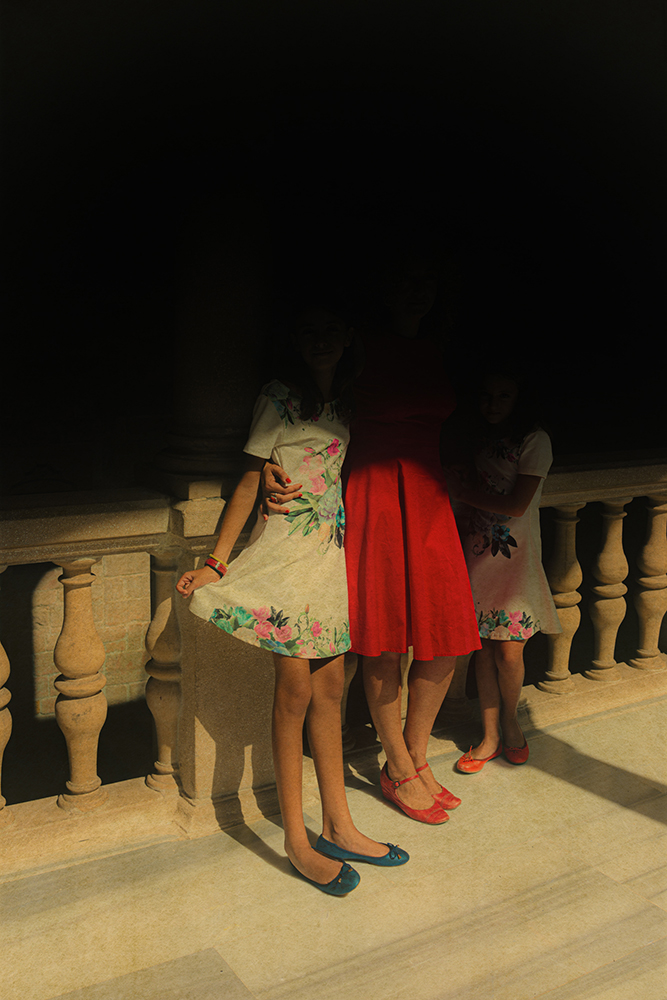
©Albarrán Cabrera This is you here #152, 2021 Signed, titled, dated and numbered on verso Pigments, Japanese gampi paper and gold leaf 9 7/8 x 6 3/4 in 25 x 17 cm Edition of 20 Albarrán Cabrera This is you here, #146, 2018 Signed, titled, dated and numbered on verso Pigments, Japanese gampi paper and gold leaf 10 1/4 x 6 3/4 in 26 x 17 cm Edition of 20, Courtesy of Marshall Contemporary
Posts on Lenscratch may not be reproduced without the permission of the Lenscratch staff and the photographer.
Recommended
-
Ragne Kristine Sigmond: Portraits of Painterly LightDecember 2nd, 2025
-
Mary Pat Reeve: Illuminating the NightDecember 1st, 2025
-
Ricardo Miguel Hernández: When the memory turns to dust and Beyond PainNovember 28th, 2025
-
Pamela Landau Connolly: Columbus DriveNovember 26th, 2025
-
MATERNAL LEGACIES: OUR MOTHERS OURSELVES EXHIBITIONNovember 20th, 2025

